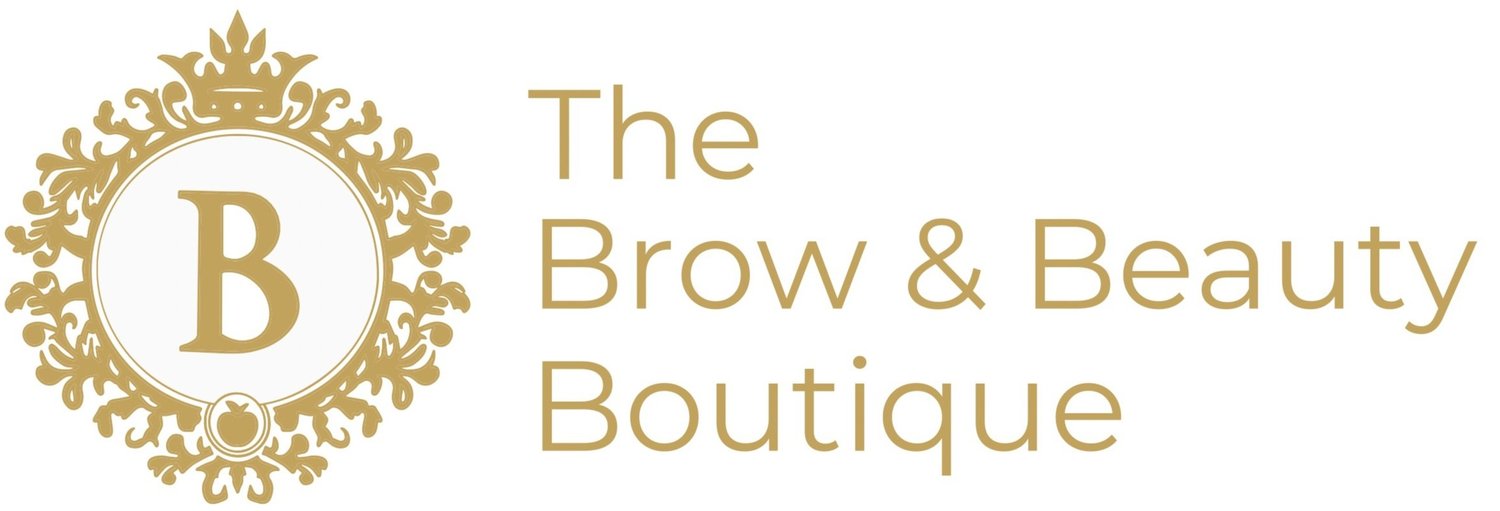Removing Milia Seeds: Understanding and Treating Commonly Known “Milk Spots” or “Oil clogs”
Effective Milia Removal: Your Path to Smooth, Clear Skin
We specialize in the safe and effective removal of milia seeds using advanced high-temperature plasma technology.
Have you ever noticed tiny, white or yellowish bumps on your face that seem to persist no matter how much you exfoliate? These small cysts, often called milia seeds or “milk spots,” can be a common yet frustrating skin condition which is caused by Keratin and is not a hidden blackhead! In this post, we will explore what milia are, why they occur, and how you can effectively remove them.
What Are Milia?
Milia are small, hard bumps that appear on the skin when keratin, a protein found in skin cells, gets trapped beneath the surface. They are most commonly found around the eyes, cheeks, and nose, although they can appear anywhere on the body. These bumps are often mistaken for whiteheads or pimples, but unlike acne, milia do not form in a pore and cannot be squeezed out.
These tiny cysts are often referred to by various names. In addition to “milia seeds,” they are commonly known as “milk spots” due to their pearly white appearance, especially in newborns. Other terms include “keratin bumps,” “skin cysts,” or even “epidermoid cysts,” highlighting their composition of trapped skin cells and keratin. They are so difficult to remove as they don’t get inflamed and they don’t have a pore opening which can “squeeze them out”, that is why we need to use different tactics if we want to remove them effectively.
Appearance and Characteristics
In layman’s terms, milia resemble tiny grains of sand or white pearls embedded in the skin. They are usually 1 to 2 millimeters in size and have a hard, raised texture that distinguishes them from other skin conditions like acne or pimples. These bumps are typically painless and do not cause any itching or irritation, making them a primarily cosmetic concern  .
Common Names and Misconceptions
Milia are often confused with other skin conditions due to their appearance. They are sometimes referred to as “baby acne” when they occur in newborns, although they are not related to acne and do not cause inflammation or infection. Terms like “whiteheads” or “keratin bumps” are also used, but these can be misleading since milia are not filled with pus or oil but rather a hardened keratin plug.
Why Do Milia Occur?
Milia can form due to a variety of reasons, including:
• Skin Trauma: Damage from sunburn, blisters, or certain skin treatments can lead to the development of milia.
• Genetics: Some people are more prone to developing milia due to their skin type or genetic factors.
• Use of Heavy Products: Skincare products that clog pores, such as heavy creams or oils, can contribute to milia formation.
• Lack of Exfoliation: Inadequate removal of dead skin cells can result in their buildup and eventual formation of milia   .
How to Remove Milia
At The Brow & Beauty Boutique, we specialize in the safe and effective removal of milia seeds using advanced high-temperature plasma technology. Here’s how our process works:
Consultation: Our specialists assess your skin to identify the areas affected by milia and determine the best treatment plan.
Numbing: A topical numbing cream is applied to the affected areas to ensure a painless procedure.
Plasma Treatment: We use a plasma pen that generates high-temperature plasma to target and burn off the keratin within the milia. This precise treatment disintegrates the cysts without damaging the surrounding skin  .
It’s important to limit sun exposure and apply sunscreen to prevent future milia from forming. Typically, any redness or swelling subsides within a few days, with complete healing in about a week.
you can resume normal activities right away!
Preventing Milia
While it’s not always possible to prevent milia, especially if you are genetically predisposed, maintaining a good skincare routine can help. Regular exfoliation, using non-comedogenic products, and protecting your skin from sun damage are key steps in reducing the likelihood of developing these pesky bumps.
For those looking to tackle stubborn milia seeds effectively, our professional milia removal service at The Brow & Beauty Boutique offers a safe and reliable solution. Say goodbye to those unsightly “milk spots” and hello to clearer, smoother skin. Visit our website to learn more and book your consultation today!
您是否曾经注意到脸上有些微小的白色或黄色小肿块,无论如何去角质都无法消失?这些小囊肿,通常称为“脂肪粒”或“奶斑”,可能是一个常见但令人烦恼的皮肤问题。在这篇博客中,我们将探讨什么是脂肪粒,为什么会出现,以及如何有效去除它们。
脂肪粒是皮肤表面下的角蛋白堆积所形成的硬质小肿块,通常出现在眼睛周围、脸颊和鼻子上。虽然它们常被误认为是粉刺或痘痘,但与痤疮不同,脂肪粒并没有毛孔,无法挤出。
这些小囊肿经常被称为“脂肪粒”或“奶斑”,因为它们的珍珠白色外观,特别是在新生儿中很常见。其他常见的名字还包括“角蛋白肿块”、“皮肤囊肿”或“表皮囊肿”,这些名字突出了它们的成分——被困在皮肤下的死皮细胞和角蛋白。
在普通人看来,脂肪粒就像是嵌在皮肤里的小沙粒或白色珍珠,直径通常为1到2毫米,质地坚硬。这些小肿块通常不会引起疼痛,也不会发痒或刺激,是一种主要影响外观的皮肤问题。
在 The Brow & Beauty Boutique,我们专门提供安全有效的脂肪粒去除服务,采用先进的高温等离子技术。我们会对您的皮肤进行评估,确定受脂肪粒影响的区域,并制定最佳的治疗计划。通过无痛的等离子笔治疗,我们能够精确地去除这些小囊肿,让您的皮肤变得更光滑更清晰。
尽管完全预防脂肪粒的出现并不总是可能的,但保持良好的护肤习惯可以有所帮助。定期去角质、使用不堵塞毛孔的产品以及防止皮肤受到阳光损害,是减少这些恼人小肿块的关键步骤。




